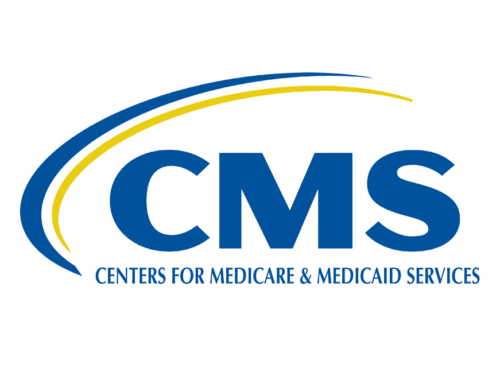CENTER UPDATE | Late February 2022
In this Issue:
• Register Now – 2023 Virtual V-BID Summit
• The Administration’s Next Crack at Lower Drug Prices
• Value-Based Insurance Design is Driving Change in Healthcare
• Value-Based Care: What It Is, and Why It’s Needed
• Designing A Value-Based Formulary for a Commercial Health Plan
• EBRI Survey: Coverage of Preventive Care for Chronic Conditions Impacted Choice of HDHP
• Governments Target Medical Debt With COVID Relief Funds
• Era of ‘Free’ COVID Vaccines, Test Kits, and Treatments Is Ending
• Many Adults Will Struggle to Afford Medications Even With Medicare Reforms
• Breast Cancer Treatment Is Associated With Financial Toxicity Worldwide
• Health Economics at NIMH and NIDA – Domestic and International

Wednesday, March 8, 2023 | 12 - 4pm EST
Join 800 leaders from across the health care spectrum to discuss today’s most relevant and challenging health care topics, including strategies to accelerate health equity, implications of overturning the ACA preventive care mandate, opportunities and challenges of reducing low-value care, and advances in policies to enhance affordability and reduce medical debt.
Click below to access the program agenda, learn about the speakers, and register for this no-cost event! Please feel free to share this Summit invite with your interested colleagues.

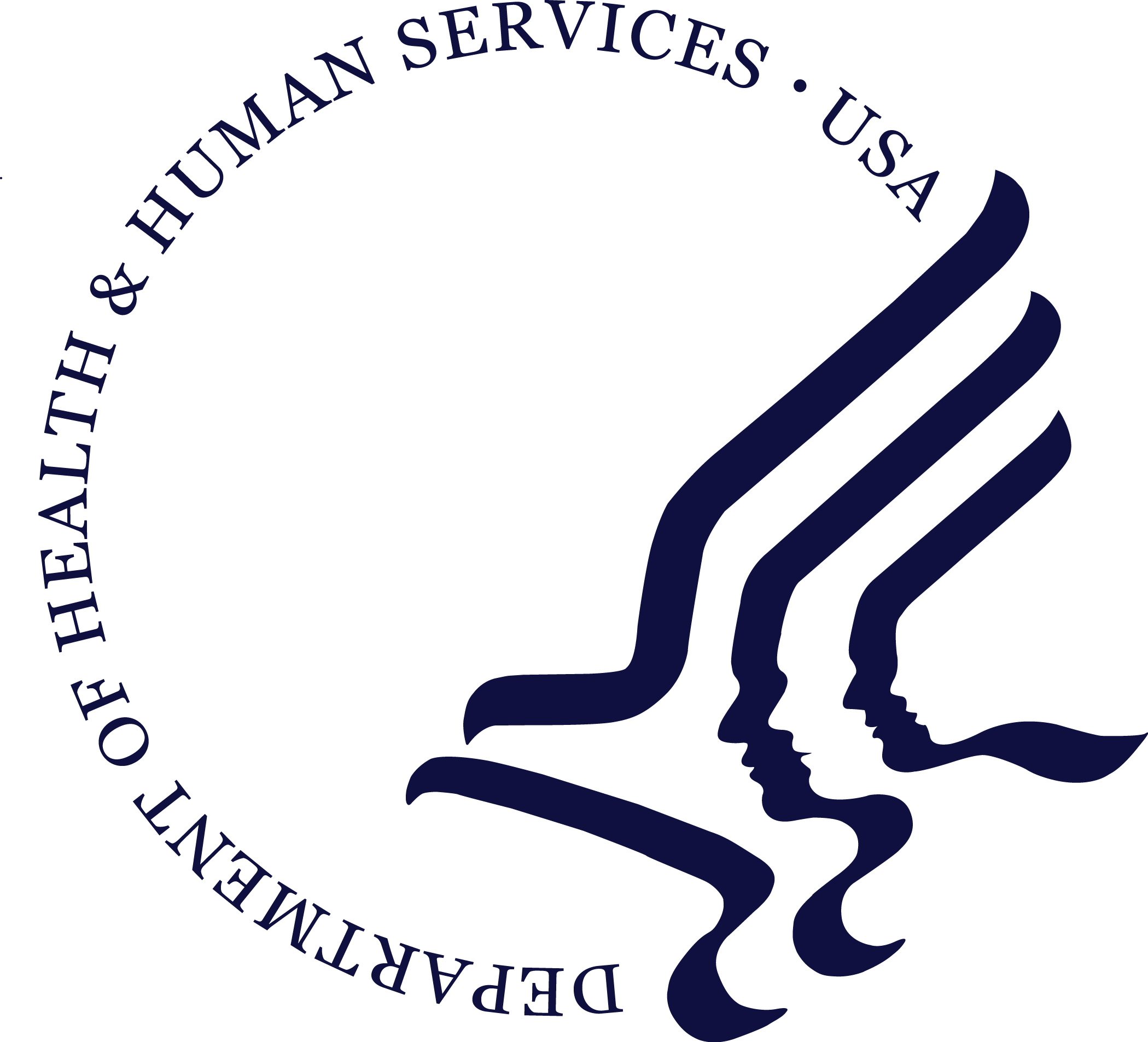
The Administration's Next Crack at Lower Drug Prices
In response to Biden’s October executive order aimed at helping reduce patients’ out-of-pocket costs, the CMS Innovation Center will test 3 drug payment program models, each focusing on different classes of treatments and coverage. A summary of the announcement notes that one of these models would encourage Medicare prescription drug plans to offer a standardized set of about 150 generic drugs to patients for a maximum copayment of $2 per month. The list would target drugs for chronic conditions like hypertension.

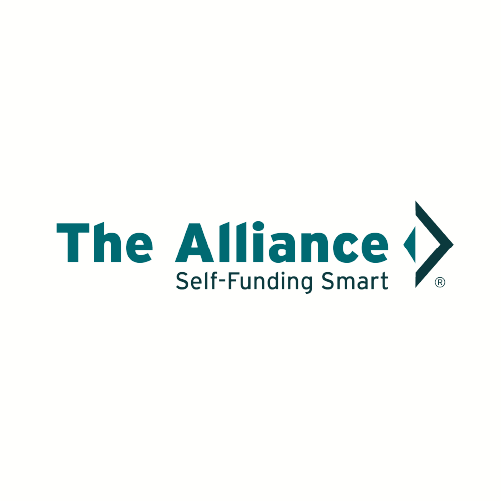
Value-Based Insurance Design is Driving Change in Healthcare
A recently published blog explains the fundamental goals and approaches of value-based insurance design as removing financial barriers to services that will make people healthier by increasing access to high-value treatments and services and decreasing access to low-value treatments and services. Savings from value-based care models range from 3% to 20%, and 67% of surveyed primary care practice leaders said that value-based principles improved the quality of care patients received.
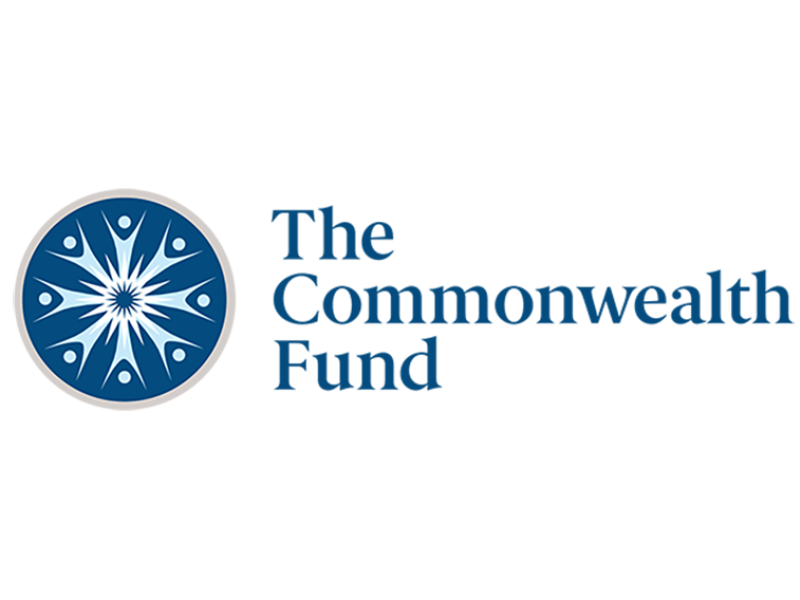
Value-Based Care: What It Is, and Why It’s Needed
An explainer by the Commonwealth Fund takes a look at the definition, purpose, and benefits of value-based care, including findings from model tests in Medicare, Medicaid, and ACO REACH. The article suggests that while value-based care can reduce cost, enhance equity, and improve quality of care, future models in both the public and private sector could increase participation by being more accessible and more rewarding, particularly to those serving disadvantaged or rural populations.
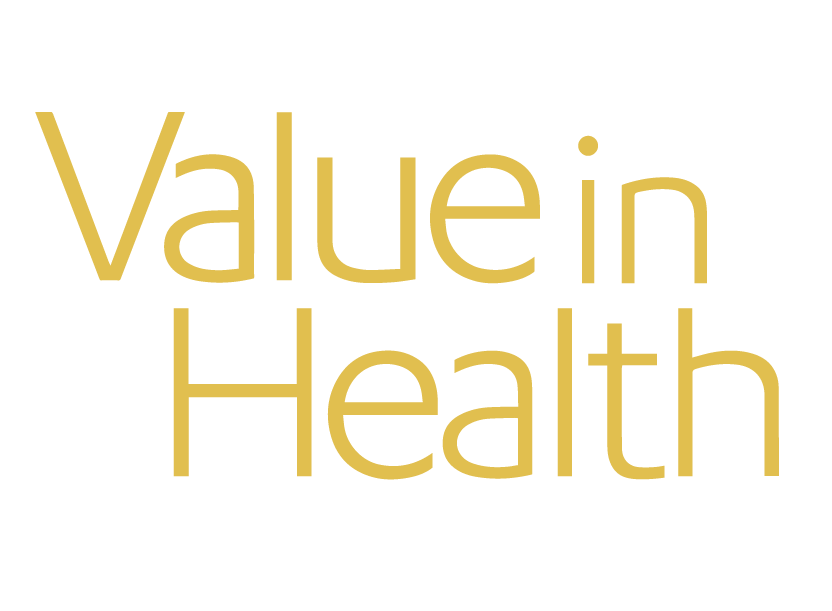
Designing A Value-Based Formulary for a Commercial Health Plan
A simulated case study applied a 4-tier value-based formulary (VBF) with exclusions in consultation with health plan stakeholders to a pharmacy claims database and found that the VBF with exclusions for anti-diabetic agents would reduce total annual health plan spending by 33.2%, saving $281 in annual spending per member, and $100 in annual out-of-pocket spending per member. The authors conclude that designing a VBF with exclusions in a U.S. employer-based health plan has the potential to reduce health plan and patient spending.


EBRI Survey: Coverage of Preventive Care for Chronic Conditions Impacted Choice of HDHP
EBRI survey data shows that nearly one-half (45%) of HDHP enrollees reported that pre-deductible coverage of preventive care for chronic conditions impacted their decision to select the HDHP to a great extent, while another one quarter reported that it impacted their decision to a minor extent. Two-thirds of traditional plan enrollees were likely to choose an HDHP if preventive care for chronic conditions was covered pre-deductible. Read more about HDHP pre-deductible coverage here.

Governments Target Medical Debt With COVID Relief Funds
Municipal, county, and state governments plan to use federal coronavirus pandemic relief funds to eliminate residents’ medical debt and ease debt burdens. This funding comes from the federal government’s $1.9 trillion American Rescue Plan Act, which included $360 billion for local, state, territorial, and tribal governments to provide economic relief. More than 40% of American adults have medical debt, and about two-thirds of personal bankruptcies in the nation cite medical debt as a leading cause.
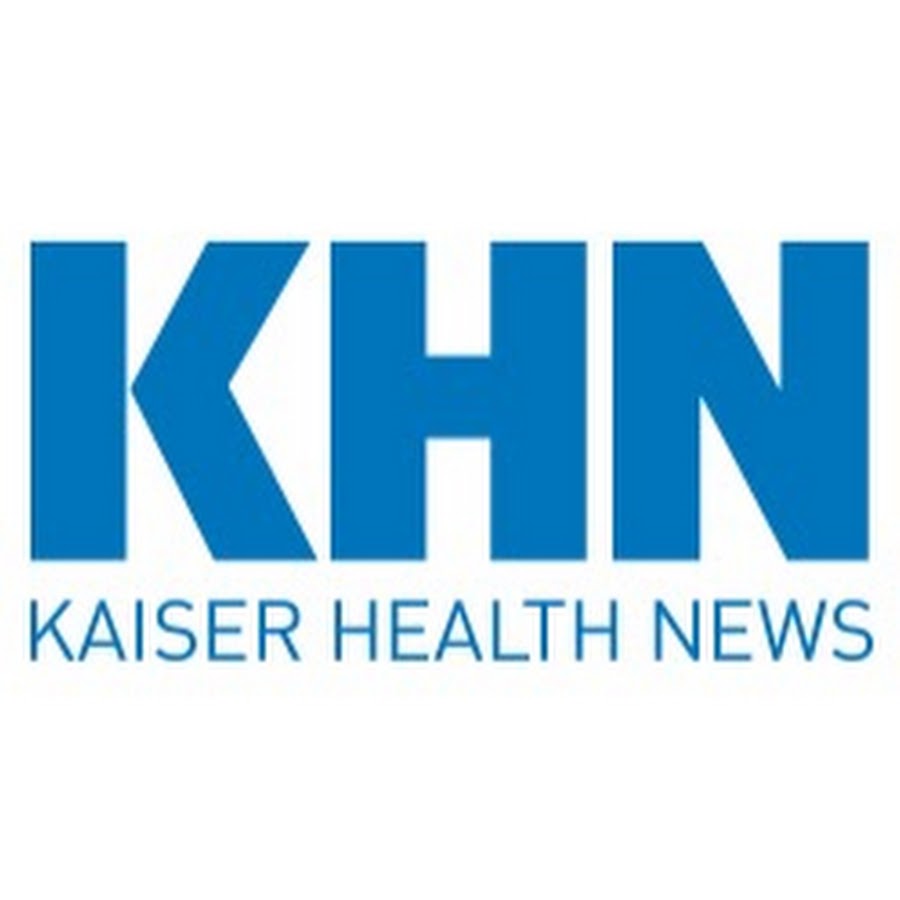
Era of ‘Free’ COVID Vaccines, Test Kits, and Treatments Is Ending. Who Will Pay the Tab Now?
As the White House announced this month that the national public health emergency is set to expire May 11, Pfizer-BioNTech and Moderna indicate that they will raise prices somewhere in the range of $110 to $130 (from $26.36 to $30.48) per COVID vaccine dose. KFF estimates that insurers, employers, and other payors would pay between $12.4 billion and $14.8 billon for COVID boosters. The underinsured and the uninsured will be responsible for all or part of their COVID costs, with an additional 5 million to 14 million people nationwide facing a potential loss of coverage due to Medicaid eligibility reassessment.

Many Adults Will Struggle to Afford Medications Even With Medicare Reforms
A national poll showed that even with a $2,000 annual limit on prescription costs, many adults on Medicare would still struggle to afford their medications. Among all adults polled, about 75% said that it would be difficult to afford $2,000 in annual out-of-pocket prescription drugs. Concerns were especially high among Black and Hispanic adults, adults with incomes under $50,000, and adults with chronic or rare diseases.

Breast Cancer Treatment Is Associated With Financial Toxicity Worldwide
In a recent systematic review and meta-analysis published in JAMA Network Open, researchers found that the rate of financial toxicity was 35.3% among patients with breast cancer in high-income countries compared with 78.8% among patients in low-income countries. A summary of the findings notes that contributors to financial toxicity such as hospitalizations, pharmaceutical costs, outpatient treatment, transportation to appointments, food and lodging, employment loss, and other expenses have a negative impact on patients’ medical care and psychosocial wellness.

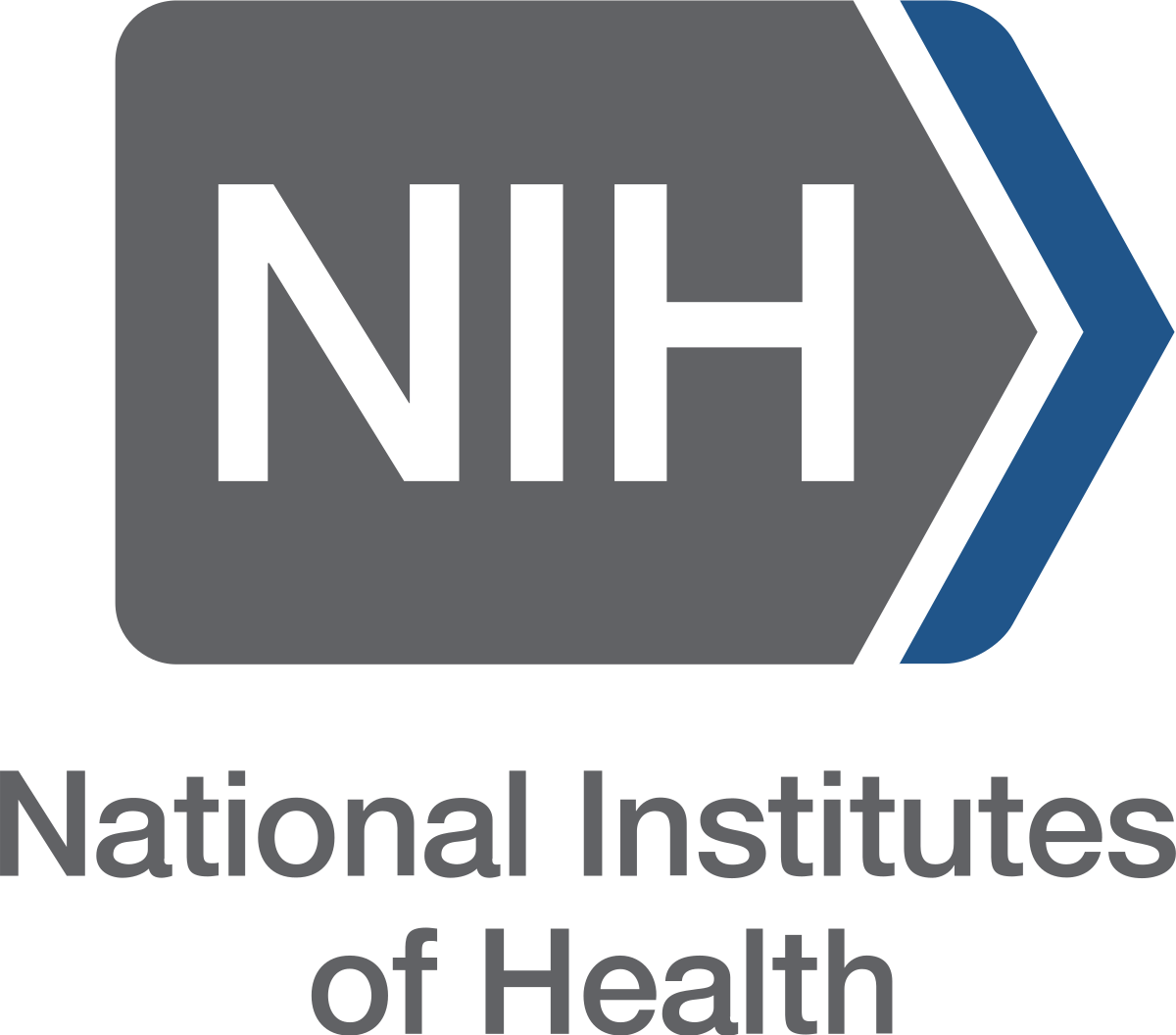
Health Economics at NIMH and NIDA – Domestic and International
A recording is available of last month’s National Institute of Mental Health (NIMH) and the National Institute on Drug Abuse (NIDA) Health Economics conference, which highlighted research in the areas of payment and financing, behavioral economics, and social determinants of health. V-BID Center director, A. Mark Fendrick, M.D., presented on increasing use of high-value care, enhancing equity, and eliminating low-value services.
Please Help Support the V-BID Center
As we near the end of 2022, we recognize our accomplishments over the past year and look ahead to all we can achieve at the University of Michigan Center for Value-Based Insurance Design. Generosity from collaborators and friends like you allows us to remain focused on equity enhancing programs that improve access and affordability to essential clinical services
You will play an essential role in the future success of the V-BID Center by making a gift today. Thank you for your support.




